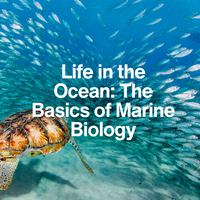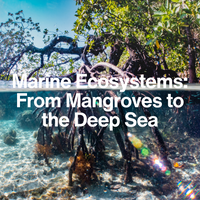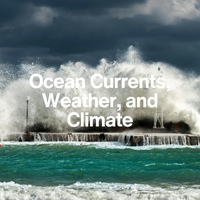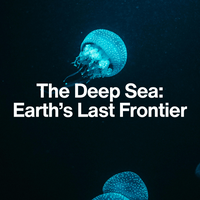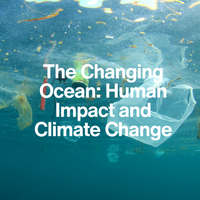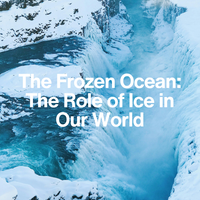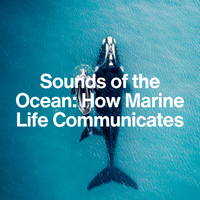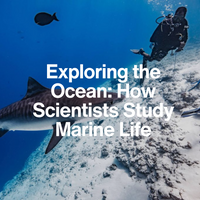LESSON 5
Can We Listen to the Ocean to Learn About Climate Change?
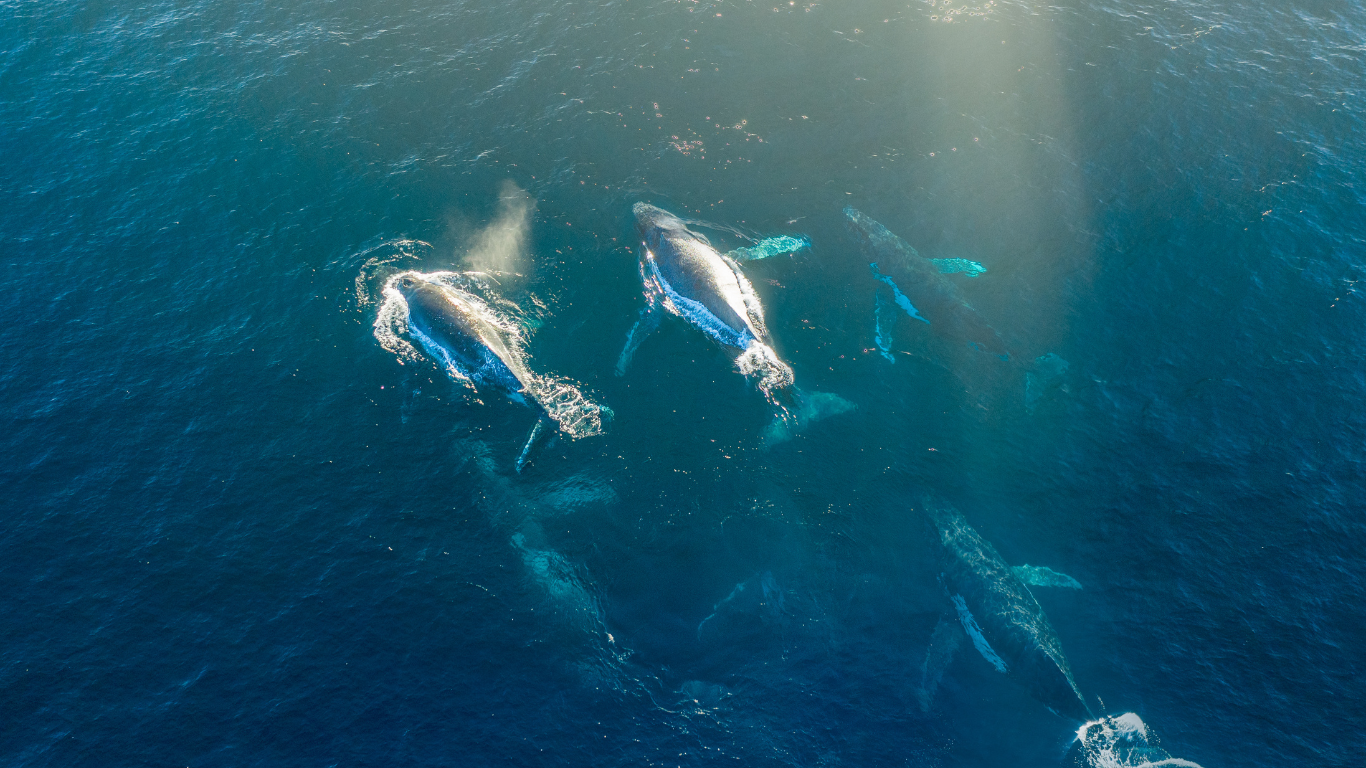
Introduction:
The Ocean Is Speaking—Are We Listening?
From the cracking of melting glaciers to the shifting migration songs of whales, the ocean is full of clues about how our planet is changing. But these clues aren’t always visible—they’re audible.
In this final lesson, we’ll explore how scientists use sound to monitor the ocean and detect the signs of climate change—revealing everything from melting ice and rising temperatures to ecosystem shifts deep below the surface.
1. Glaciers That Crack, Groan, and Collapse
As polar regions warm, glaciers and ice shelves are breaking apart—and they make noise when they do.
- Melting and shifting ice produces loud cracking, booming, and grinding sounds known as icequakes.
- These sounds are picked up by hydrophones (underwater microphones), allowing scientists to: track how fast ice is breaking up, estimate melt rates in places too remote to access, understand how freshwater is entering the ocean
These underwater “ice songs” help build a clearer picture of sea level rise and the pace of change in places like Greenland and Antarctica.
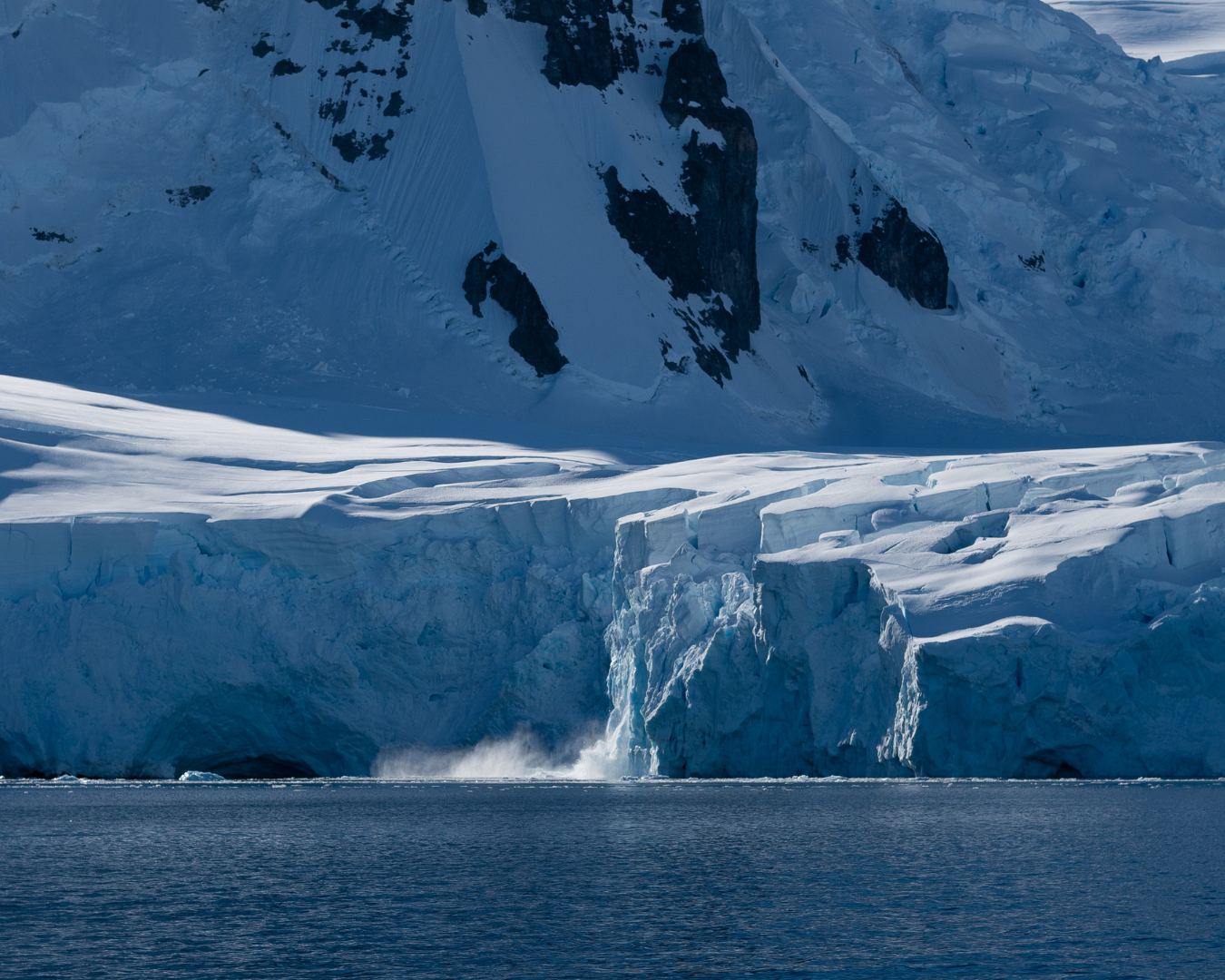
Did you know?
Collapsing glaciers can create underwater shockwaves powerful enough to trigger mini-tsunamis.
2. Whale Songs on the Move
Whales, especially blue and fin whales, produce long-distance, low-frequency calls that travel thousands of kilometres through the ocean. These calls are surprisingly useful for climate science.
Whales, in a way, become both messengers and indicators of ocean health.
Did you know?
Some hydrophones originally deployed to detect submarines during the Cold War are now being used to track whale migration and ocean warming.
3. Ocean Soundscapes as Climate Indicators
Entire marine ecosystems have distinct soundscapes. Healthy coral reefs, for example, buzz with the sounds of shrimp, fish, and other organisms. When reefs bleach due to warming, they go quiet.
By listening to the overall “acoustic fingerprint” of a habitat, scientists can:
This makes passive acoustic monitoring a powerful, non-invasive tool to detect environmental changes over time—especially in remote areas.
4. Listening for Methane Seeps and Ocean Chemistry
Sound can even help detect changes in ocean chemistry and gas release:
- Methane, a powerful greenhouse gas, seeps from the ocean floor in bubbles that make distinct popping and gurgling sounds.
- As the oceans warm, some frozen methane deposits may become unstable—creating new seeps.
- Scientists use hydrophones to track the release of methane and other gases linked to climate feedback loops.
Changes in the way sound travels through seawater also reflect rising temperatures, increasing acidity, and changing salinity—all signs of a shifting climate.
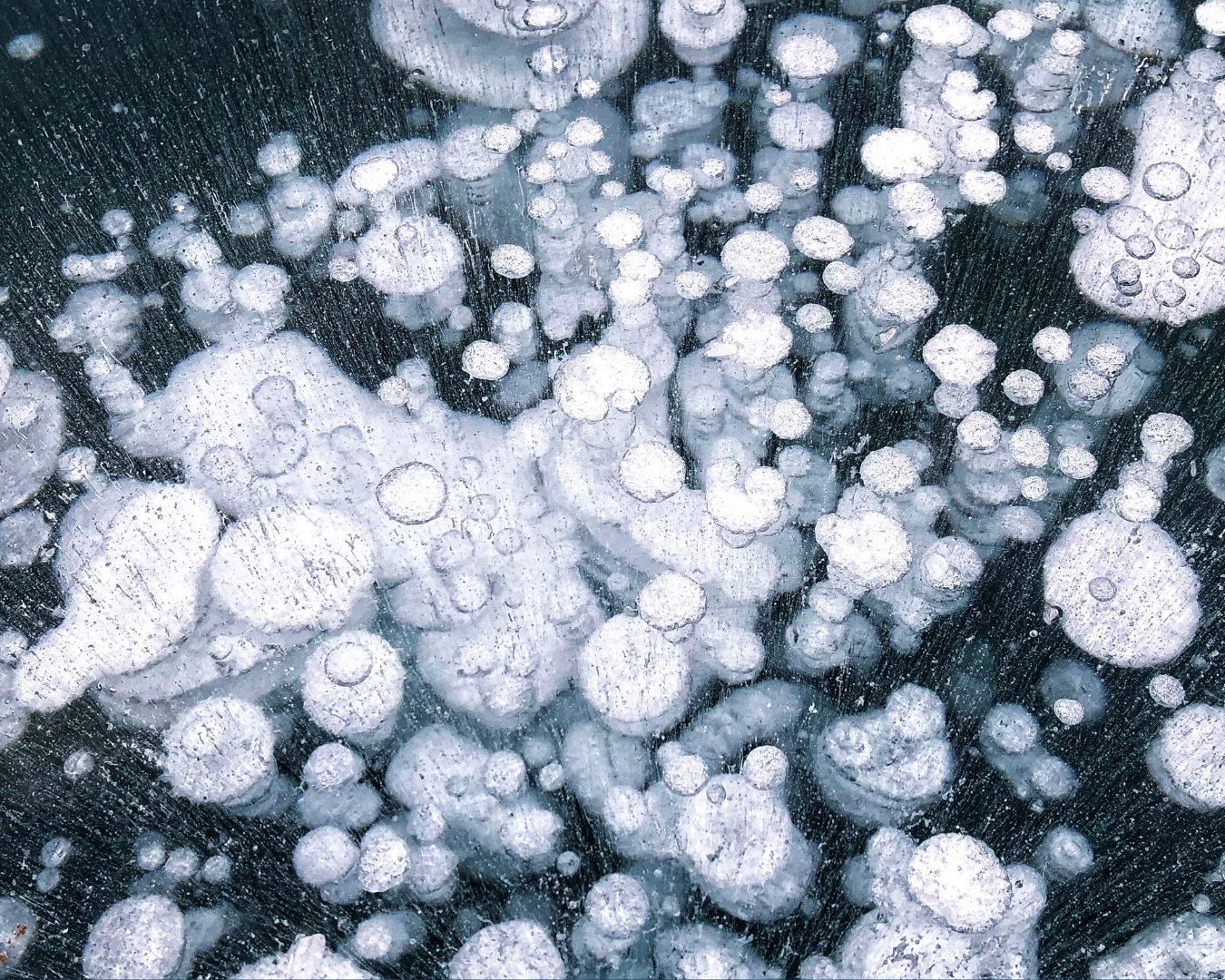
Conclusion
The Ocean’s Voice in the Climate Story
From the poles to the tropics, the ocean is telling a story—one of change, resilience, and risk. By tuning in, scientists can learn more about how climate change is unfolding and where it’s hitting hardest.
Sound is a powerful ally in ocean science. It allows us to listen in secret places, monitor without disturbing, and measure change in real time. The ocean is speaking—and now more than ever, we need to hear it.
Key Takeaways:
Melting glaciers and icequakes create sound signatures that reveal the pace of ice loss.
Whale calls help track ocean warming and acidification over long distances.
Quiet reefs and shifting soundscapes can signal ecosystem stress and biodiversity loss.
Sound is a key tool for monitoring methane seeps, temperature changes, and climate impacts in real time.
NEXT LESSON
How Do Scientists Track Whales, Sharks, and Turtles?
We’ll begin with satellite tags, acoustic transmitters, and how they help us follow the movements of Earth’s ocean giants.



